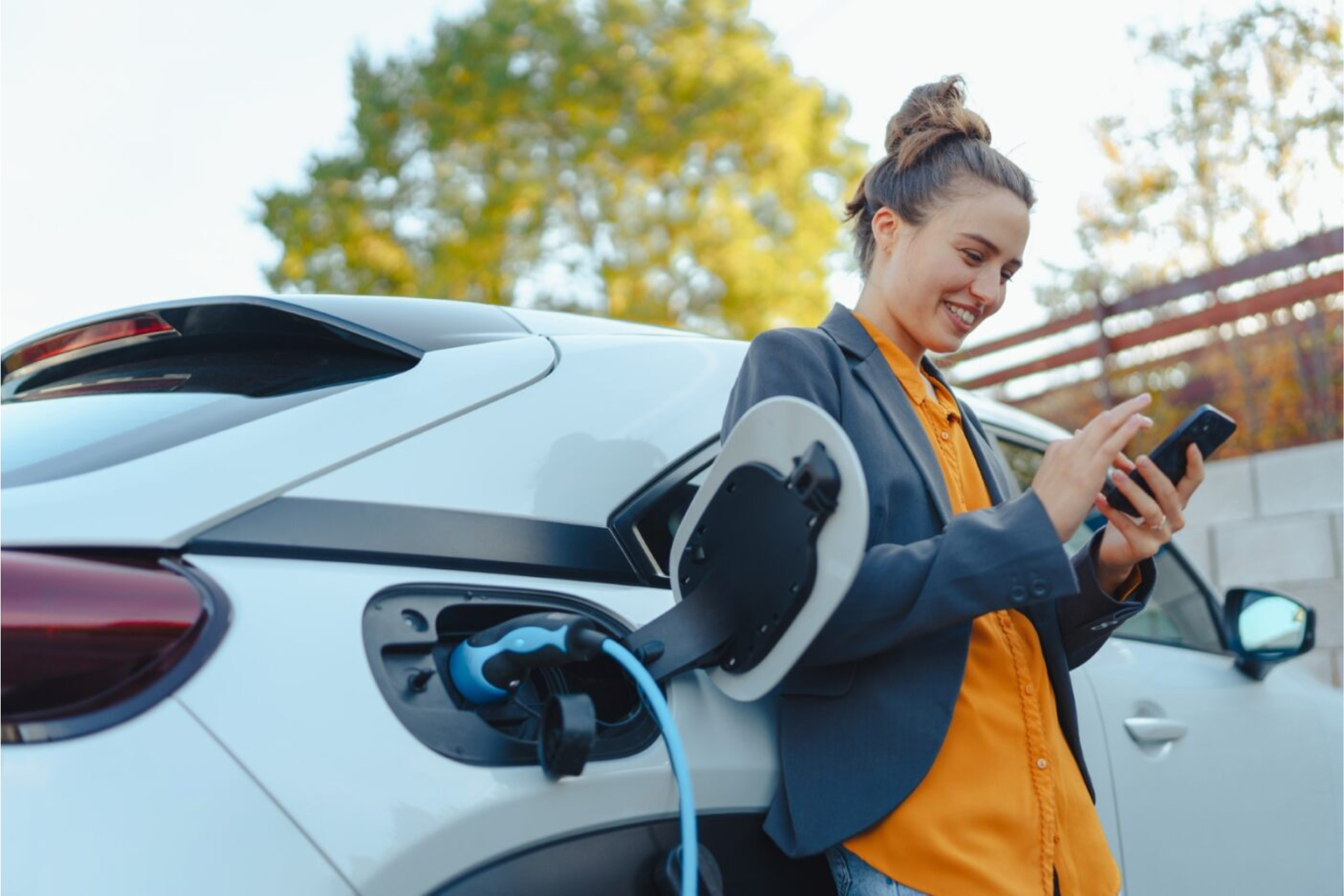How to communicate the benefits of fleet electrification
With the government continuing to introduce plans for cutting carbon emissions, it’s vital to consider net zero initiatives your business can take. One way to achieve this is in switching to an electrified fleet.
An electric fleet can help you to cut emissions while delivering significant cost savings. Fleet managers now have an important role to play in achieving wider business sustainability objectives. And with the most insight into your company’s vehicle needs, you’ll be bringing the case for an electric fleet to the board.
Find out how you can communicate the benefits of fleet electrification to your board.

Why you should consider switching to EV
There are clear and tangible benefits to fleet electrification, affecting the environment, your finances, and your business operations.
Environmentally, EVs don’t produce tailpipe emissions, bringing your business’ overall carbon emissions down, and contributing to improved local air quality.
Financially, you can save on maintenance and running costs, benefit from various incentives, and explore vehicle to grid (V2G) as a future source of income.
Operationally, electrification gives you data from telematics technology, providing valuable insight into driver behaviour. And finally, you’ll be futureproofing your business by getting ahead of the 2030 ban on the sale of new Internal Combustion Engine (ICE) vehicles.
To the board, these are enticing benefits, and they’re not even the whole picture.
Statistics and qualitative details will strengthen your case by demonstrating the benefits to the wider business. There may be reputational benefits, as highlighting your organisations’ interest in sustainability could demonstrate that you’re a socially responsible, growth-orientated business.
The proof’s in the data
Whether presenting your case for an electric fleet, or proving its ROI once up and running, you can and should focus on the data available to your organisation.
Gathering fleet data will help show decision makers exactly how electrification can benefit the business. Using telematics data, identify journeys or jobs within your company that are best suited to electric vehicles based on journey length or fuel demand.
With this, a cost comparison is key. EVs may be the more expensive option up front, but the cost per mile and maintenance savings help to show the full picture.
The role of leadership
Involving stakeholders will be essential. The board will be interested in how they can get involved themselves, so include actions in your presentation.
Make sure your business case involves stakeholders, and plan how to communicate with them about the switch, including the opportunity for feedback. Consulting your stakeholders where possible will give you an opportunity to involve your leaders and their expertise.
Publishing a Statement of Intent - an external-facing document - will help you share your plans with the press and wider public. Making your statement makes your electrification plan more authoritative and can position you as a leader in your field.
Getting employees on board
A great business case for EVs will consider how the change impacts your driving staff. Signposting internal support will go a long way.
Prioritising driver education will help secure staff support. ICE drivers will need the support of fleet managers and executives to navigate change. Including an education plan in your business case will show you understand the importance of this.
You may already have members of staff who drive EVs. In this case, make sure to use their positive experiences as proof points. Including their testimony adds weight to your business plan, and encourages other employees to go electric.
Offering incentives such as salary sacrifice to employees who commute to work could help some of your staff to switch to EVs, too. And since commuting contributes to Scope 3 emissions reporting, could help to reduce these emissions.
Making your efforts known
Once you’ve presented a comprehensive plan for your organisation's fleet to go electric, it’s time to discuss how to communicate your plans to the rest of the industry. Consult with other staff members on how to approach a communications strategy.
Equally important is the internal communication strategy. Make sure you communicate to all staff members the same goals you communicate externally and encourage your colleagues to get involved.
If your internal discussions don’t match what you’ve said externally about electrification, your commitments can seem insincere. This can undermine the legitimacy of your plan. So, keep your employees involved and up to date to keep up the momentum of building your electric fleet.
Moving forward
Switching to an electric fleet’s just the beginning of your sustainability journey, and there’s never been a better time to get started. Find out how Drax can help you take the first step towards a greener fleet.
Find out more about Drax Electric VehiclesDisclaimer
We’ve used all reasonable efforts to ensure that the content in this article is accurate, current, and complete at the date of publication. However, we make no express or implied representations or warranties regarding its accuracy, currency or completeness. We cannot accept any responsibility (to the extent permitted by law) for any loss arising directly or indirectly from the use of any content in this article, or any action taken in relying upon it.


